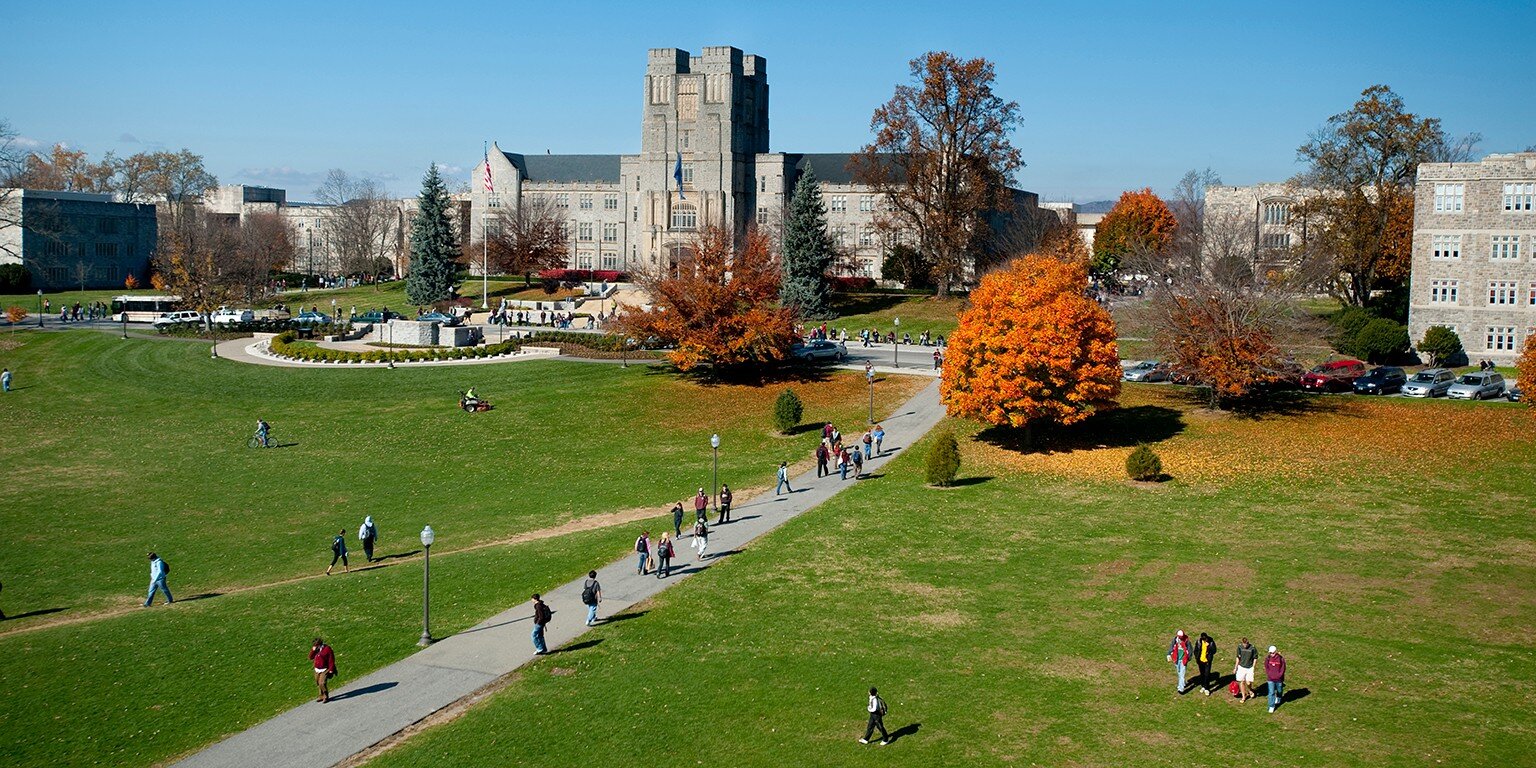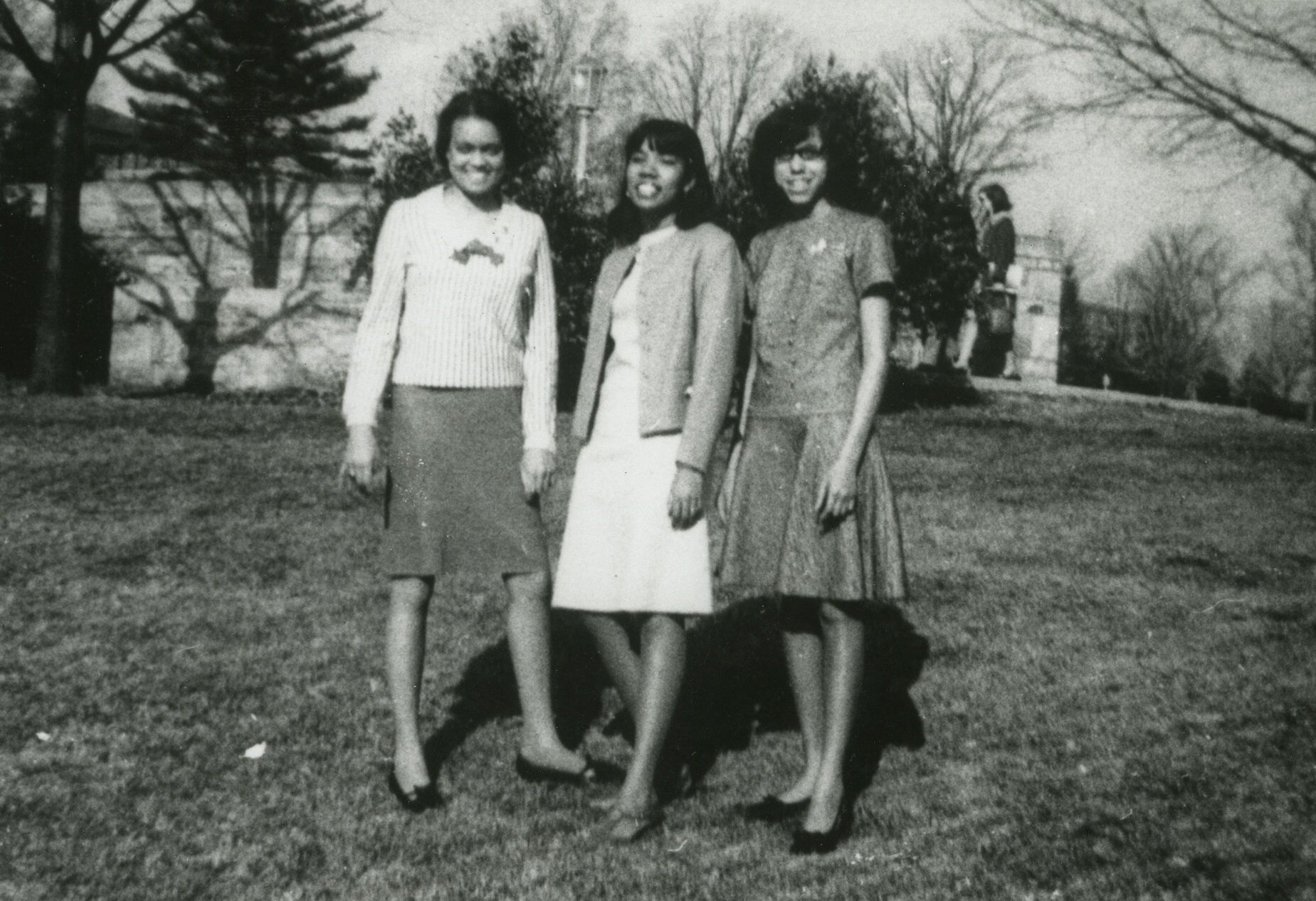
EXHIBIT
WOMEN OF COLOR
PROFILES IN ACHIEVEMENT
ASIAN, INDIGENOUS, AND LATINX WOMEN ON CAMPUS
Carmen Venagas broke barriers as the first known woman of color to study at Virginia Polytechnic Institute, joining in 1935.
Carmen Venegas picture sitting (bottom left)
Carmen Venegas pictured in front row, 2nd from the left
Yvonne Rohran Tung pictured in 2nd row, 2nd from the left
Click HERE to learn more about Cosmopolitan Club.
Yvonne Rohran Tung pictured in 2nd row (from the front), 4th from the left
UNC Wilson Libraries
















